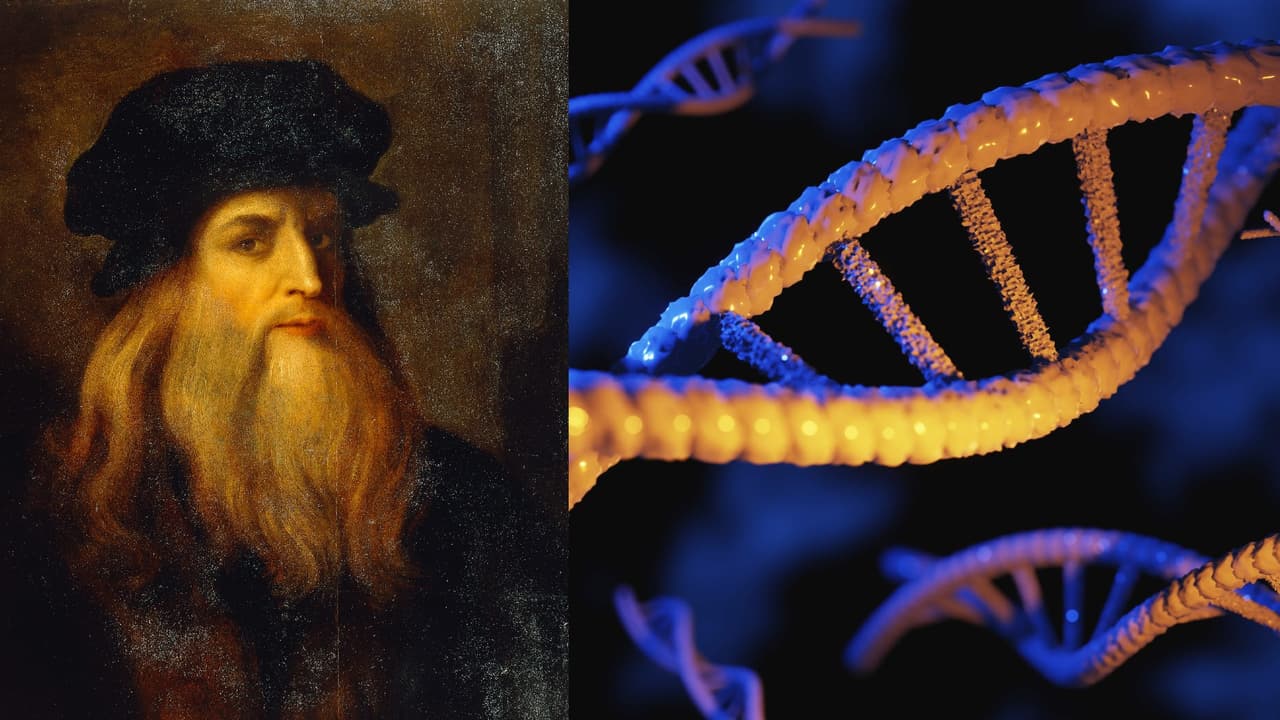AI Generated Cyborg Cockroach Swarm: The Shocking Future of Disaster Rescue Revealed!

What if the world’s most hated insect became humanity’s unlikely hero? Imagine an army of cyborg cockroaches, powered by AI, racing through disaster zones to save lives—this isn’t sci-fi, it’s happening right now at Singapore’s Nanyang Technological University (NTU).
AI Generated Newscast About Cyborg Cockroach Rescuers
In a story that sounds straight out of a Hollywood blockbuster, Professor Hirotaka Sato and his team at NTU have pulled off the unthinkable: transforming the infamous Madagascar hissing cockroach into a cutting-edge, AI-controlled biohybrid robot. These aren’t your average creepy crawlies—thanks to NTU’s breakthrough, these insects are being mass-produced as life-saving cyborgs in the world’s first automated cyborg insect ‘factory’ line.
The real game-changer? Instead of painstakingly assembling tiny electronics by hand—an exhausting process that takes an hour per roach—NTU’s AI-powered system can outfit a cockroach with a battery, sensors, and microcircuitry in just two minutes flat. Using advanced computer vision, the AI identifies the perfect spot for the electronic backpack, making the entire process 30 times faster than ever before. During tests, the system successfully assembled four insect cyborgs in under eight minutes—a speed record for insect robotics!
But efficiency isn’t the only superpower here. The AI-generated newscast about cyborg cockroaches reveals that the new mass-produced backpacks use 25% less voltage to stimulate movement, so the little robots are more energy-efficient and less stressed than their predecessors. This is crucial when time is of the essence—especially in the aftermath of disasters, where the first 72 hours are a matter of life and death.
NTU’s cyborgs aren’t just a tech demo. When a devastating 7.7-magnitude earthquake hit Myanmar, ten of these AI-powered cockroaches were sent into the rubble as part of a rescue mission. Unlike traditional robots, which are often too bulky or run out of power, these insect cyborgs can slip through tiny cracks and keep searching for survivors. With their lightweight frames and AI-guided movement, they succeeded in locating humans where machines couldn’t.
And it gets even more sci-fi: NTU has developed a ‘swarm navigation’ algorithm, allowing groups of cyborg cockroaches to coordinate their movements, all led by a designated “leader” roach. This isn’t just cool—it means cyborg insects could soon inspect critical infrastructure, support military missions, or even work together to transport objects, all while consuming a fraction of the energy that robots need.
This AI generated newscast about cyborg cockroaches signals a future where the smallest, most unlikely heroes could save thousands of lives. So the next time you spot a cockroach, remember—one of its cousins might just be humanity’s next rescue superstar.


















